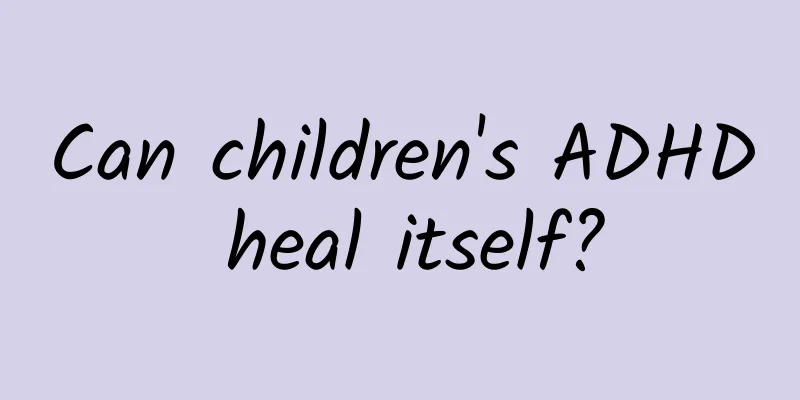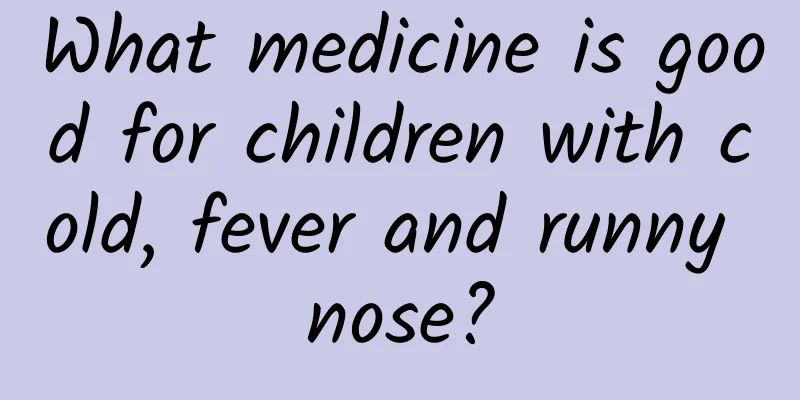Master the six key points in caring for babies with jaundice. What are the symptoms of neonatal jaundice?

|
In medicine, jaundice in newborns under one month old (within 28 days of birth) is called neonatal jaundice. Neonatal jaundice refers to a disease characterized by jaundice of the skin, mucous membranes and sclera due to abnormal bilirubin metabolism in the neonatal period, which causes increased bilirubin levels in the blood. This disease can be divided into physiological and pathological types. Symptoms of neonatal jaundice Symptoms of physiological neonatal jaundice include: Newborns develop yellowing of the skin, whites of the eyes, and oral mucosa on the 2nd to 3rd day after birth, with varying degrees of severity. It is usually more obvious on the face and chest, but not on the palms and soles of the feet. It is most obvious on the 4th to 6th day, disappears on the 10th to 14th day after birth for full-term infants, and can persist until the 3rd week for premature infants. During this period, the child is generally in good condition and has no other discomfort. It is normal for newborns to have physiological jaundice, but parents should also pay close attention to observation. Generally speaking, physiological jaundice is relatively mild, the bilirubin concentration in the blood is low, and it will not affect the intelligence of children. Symptoms of pathological jaundice include: Jaundice in children may occur within 24 hours after birth, or it may persist, or jaundice may reappear after it subsides, or jaundice may progressively worsen. Pathological neonatal jaundice can also cause manifestations of other diseases, such as kernicterus. When it occurs, the jaundice in children becomes significantly worse, and they begin to show symptoms of drowsiness, weak sucking or choking, and decreased muscle tone. If not treated in time, serious symptoms such as groaning, screaming, convulsions, and respiratory failure may occur. Some children die of respiratory failure, and those who survive often have sequelae such as intellectual disabilities and cerebral palsy. How to care for neonatal jaundice 1. Observation of the baby's systemic symptoms Pay attention to observe the systemic symptoms of babies with fetal jaundice, such as lethargy, drowsiness, difficulty sucking, restlessness, strabismus, limb rigidity or convulsions, so as to detect and treat seriously ill children early. 2. Protect babies Pay attention to keeping the baby's skin, navel and buttocks clean to prevent damage and infection. 3. Observe the baby's changes Closely monitor heart rate, heart sounds, anemia level, and changes in liver size to prevent and treat heart failure at an early stage. 4. Pay attention to your diet during pregnancy Fetal jaundice is often caused by the pregnant mother being invaded by dampness and heat, which affects the fetus, resulting in fetal jaundice after birth. Therefore, during pregnancy, the pregnant mother should pay attention to a moderate diet, not eating raw or cold food, not being too hungry or too full, and avoid alcohol and spicy and hot foods to prevent damage to the spleen and stomach. 5. Pay attention to the baby's jaundice Closely monitor the baby's scleral jaundice after birth. If jaundice is detected, treat it as soon as possible, and observe changes in the color of the jaundice to understand the progress of the jaundice. 6. Be prepared When exchange blood therapy is needed, the air in the ward should be disinfected in time, blood and various medicines and items should be prepared, and the operation should be strictly followed. |
<<: How to treat newborn jaundice? Why do babies have jaundice for different lengths of time?
Recommend
What to do if your baby catches a cold and coughs
When your baby catches a cold and coughs, don'...
What foods are good for children with cough? What should we pay attention to when children have cough?
If a child has a cough, you can choose to eat som...
Can garlic sprouts be eaten? What are the health benefits of eating more garlic?
Can garlic sprouts be eaten? Many people have big...
When does breast milk jaundice appear?
The onset of breast milk jaundice is similar to t...
Can children with cough eat shrimp?
Children can eat shrimp in moderation when they h...
What is the difference between cerebral palsy and polio in children?
Polio patients do not know the difference between...
Is there no cure for adult jaundice at 600?
Adult jaundice of 600μmol/L is usually not hopele...
How to prevent pneumonia in children
How can we prevent pneumonia in children? Pneumon...
What are the symptoms of polio?
Polio is a very terrible disease and an acute inf...
How to quickly reduce neonatal jaundice? How long does it take for neonatal jaundice to subside?
After the fetus is born, the environment is very ...
What is Wilson disease
Wilson disease, also known as Wilson's diseas...
How to reduce high jaundice in newborns and what medicine to take
Neonatal jaundice needs to be treated under the g...
Early symptoms of hand, foot and mouth disease in children
The earliest symptoms of hand, foot and mouth dis...
How long can you live with jaundice hepatitis
How long can you live with jaundice hepatitis? If...
The most serious harm of diarrhea in children
Every one of us, including children, has suffered...









